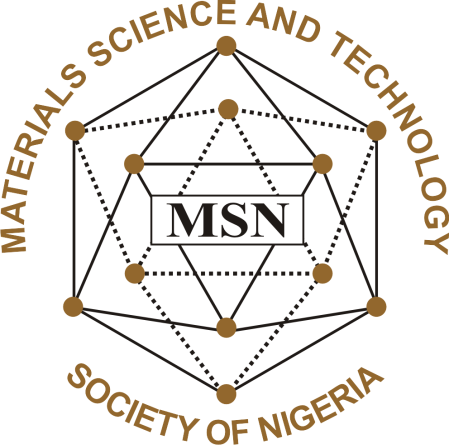Treatment of waste water by activated carbon developed from Borassus aethiopum
Abstract
The use and effectiveness of granular and powdered activated carbon made from Borassus aethiopum shells in adsorption studies were investigated. The source material was carbonized at 5000C and for a residence time of three hour in a muffle furnace, while 0.5M each of H3PO4 and ZnCl2 were used for chemical activation at 7500C and for 60m residence time. The adsorption of lead from aqueous solution by ZnCl2 and H3PO4 activated carbons was evaluated for the possibility of using the source material for the removal of heavy metals from aqueous solution. The effect of varying the concentration of the solution and the type of activating agents on the adsorption capacity were assessed. The results indicated that ZnCl2 activated carbons exhibited better adsorption capacity than H3PO4 activated carbons. This provides low cost method of producing activated carbons locally in developing country like Nigeria for use in water treatment.
Keywords: Borassus aethiopum, Activated carbons, wastewater, carbonization, adsorption
